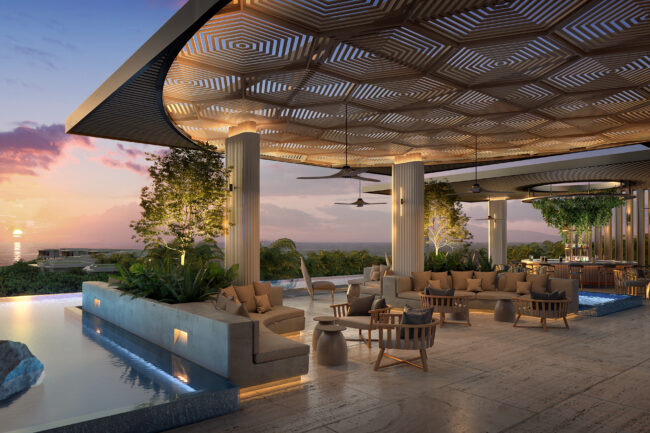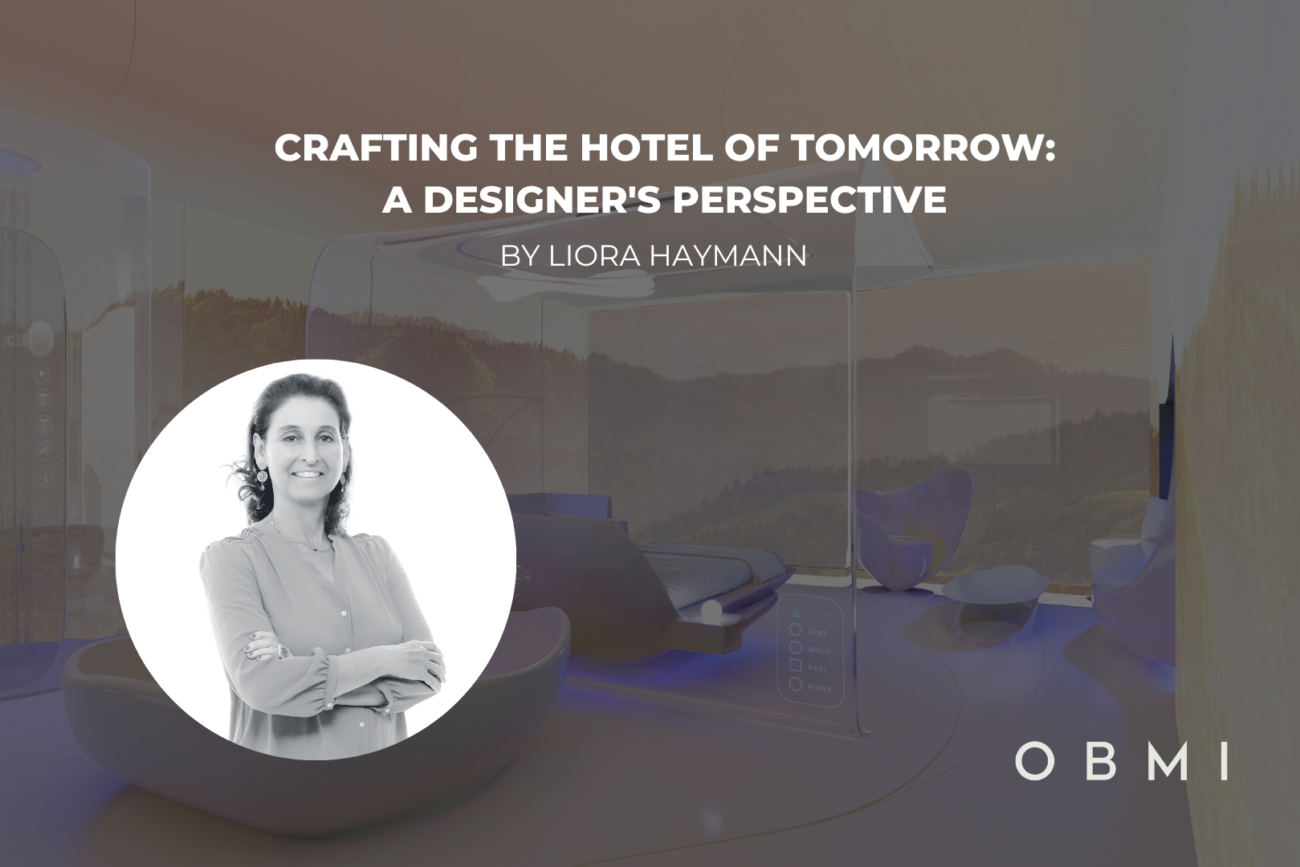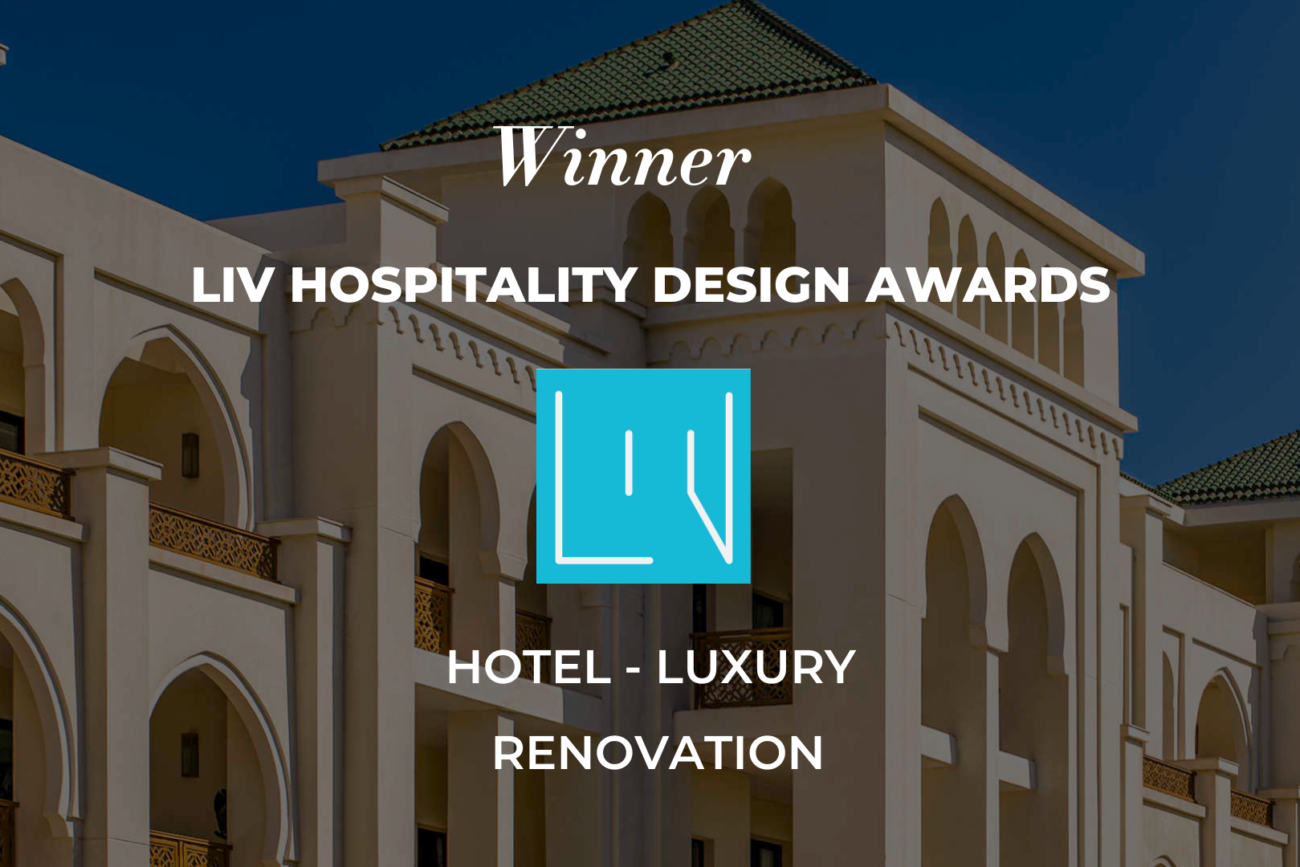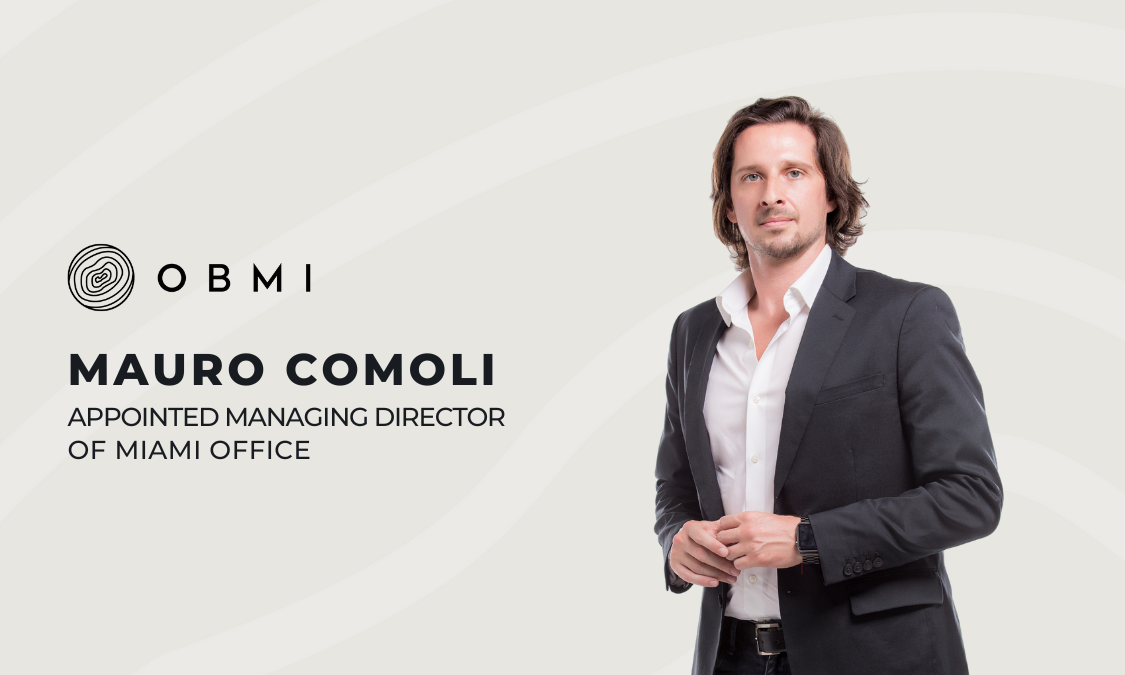Designer Takeaways: Global Wellness Summit 2021
A New Era in Health & Wellness

Global Wellness Summit Day 2 Speakers
As a specialist in luxury and wellness hospitality, Senior Lead Designer Ana Ramirez, LEED AP, WELL AP, represented OBMI at the 2021 Global Wellness Summit in Boston. The speakers ranged from holistic medicine doctors to executives in the hospitality industry, where wellness has recently gained momentum.
Listening to experts in the space brought a holistic view into the industry, understanding current and future wellness trends. One aspect is certain, the intersection of wellness in architecture and design has long been advancing. According to the Global Wellness Summit research, the Wellness Economy is forecast to grow from $4.4 trillion in 2020 to $7 trillion in 2025,” making it evident that there will continue to be opportunities to increase the integration of wellness in design.

OBMI Wellness Resort Concept
6 CONSIDERATIONS FOR INTEGRATING WELLNESS IN DESIGN
1. Wellness Tourism and Longevity
Blue zone destinations will have a powerful and significant market expansion in hospitality and residential communities. Medical-clinic meets spa, resorts, and residential architecture are on the rise, creating new integrative, regenerative and sustainable wellness destinations.
2. Development Approach
Within the lifestyle real estate sector, wellness has evolved from a compartmental facility and one-off programs to an approach focused on delivering holistic purpose-built communities for an “ecosystem of well-being” as mentioned by Mia Kyricos. The new wave of wellness has also brought changes to the conventional planning process of developments with considerations being made at the earliest stages starting from the project’s conception to better guide the destination’s long-term, holistic strategy, and the implementation for day-to-day operations.
3. Investment in Wellness
The most significant shift in the investment market is projected in the wellness real estate and mental health sectors which will offer generational opportunities for developers and designers to be more creative, prioritize human health, and maximize the healing powers of nature while protecting the environmental resources.
4. Biophilia Boom
Long being a critical design strategy in the pursuit of health and wellbeing for the built environment, biophilia will continue to grow as more research studies indicate natural elements’ therapeutic and healing potential within buildings. Design rooted in nature continues to reinforce a human’s innate need to connect with our natural environment as spaces reflecting biophilic elements cause inhabits to experience increased emotional healing and physical recovery.
5. Indoor Air Quality
As cited at the Global Wellness Summit this year, COVID-19 has raised the stakes on healthy buildings and indoor air quality. Studies have shown how buildings designed without the healing effects of light, air, and nature in mind negatively affect physical and mental health and cognitive behavior, which augments more significant threats for our generation and the future generations’ well-being.
6. Disrupting Senior Living
As individual longevity increases and generations begin to retire younger and focus on health-conscious lifestyles than past generations, the future of senior living facilities has evolved into intentional, wellness communities made with purpose. New findings show communities built around regenerative farming and social programming embedded in nature result in communities that are more dedicated to regenerating a new life in communion with others and nature. This premise hones in on Richard J. Davidson’s premise where social connection is an elixir for social well-being.
7 UNIQUE OFFERINGS EMERGING IN THE WORLD OF WELLNESS
- Newly introduced, proven medical research regarding the medicinal benefits of Psychedelics and psilocybin has opened the door for medical/wellness properties to provide the safest natural environments to perform controlled psychedelic therapy and treatments as a means to amplify positive impacts on people’s mental health.
- Music and sound frequencies have been shown to heal, restore, and balance the mind-body-spirit connection. Music used as an intentional medicine and healing soundscapes in the built environment prove effective results in patients seeking to relieve anxiety, reduce stress, improve sleep, increase self-awareness, and promote a calm, empathetic mental state. Sound healing rooms and treatments based on cymatics and vibroacoustic are expected to rise in popularity throughout wellness resorts.
- Evidence suggests strong associations between circadian rhythms and mental health with disruptions causing adverse cognitive-behavioral, mental, and physical health conditions. The economic costs of sleep deficiency have exponentially grown to $411 billion/year US (Hafner et al. Why sleep matters-the economic costs of insufficient sleep. RAND Report.2016.) Looking toward the future, designers will embrace new architectural design approaches and programming strategies to improve people’s sleep experience.
- Immunity boosting programs are exploding. IV nutritional therapy, advanced diagnostics, body composition analysis, cardiovascular assessments, and gut health personalized programs will be globally on the rise and present in medical/wellness spa facilities.
- The tech modern wellness era is booming with Israel is at the forefront of tech innovation. Acceleration and adoption of technology in wellness/spa can be beneficial for longevity and optimal performance in some cases, but without sacrificing the positive, impactful effects of human touch therapies. An expansive hybrid range of offerings combining western/eastern medicinal and alternative treatments may provide functionality and better results.
- Trends show wellness-focused modular and compact set of functional physical training kits will require to begin to be more increasingly integrated into the hotel’s unit design. Developments leveraging this technique may better support their part in promoting methods of exercise to improve one’s mental health and overall well-being.
- Digital nomads craving for slow living and contention to the wild are causing demand for developments with outdoor areas that can be easily transformed into meeting rooms or working stations. This design strategy of adaptable and sustainable spaces for social interaction can help meet consumers’ needs to prioritize a healthy lifestyle and will likely become the go-to choice of properties for explorers worldwide.
With increasingly diverse experiences surfacing in the new age of travel and consumers coping with an everchanging hierarchy of needs initiated from the pandemic, health and wellness professionals have the opportunity, now more than ever, to help shape a more positive future. Specifically, in the hospitality industry, brands and owners should actively seek experts to help identify their biggest opportunities and risks in order to prioritize the integration of wellness into their built environments.
To learn more about the conference and wellness design for hospitality, contact [email protected].






